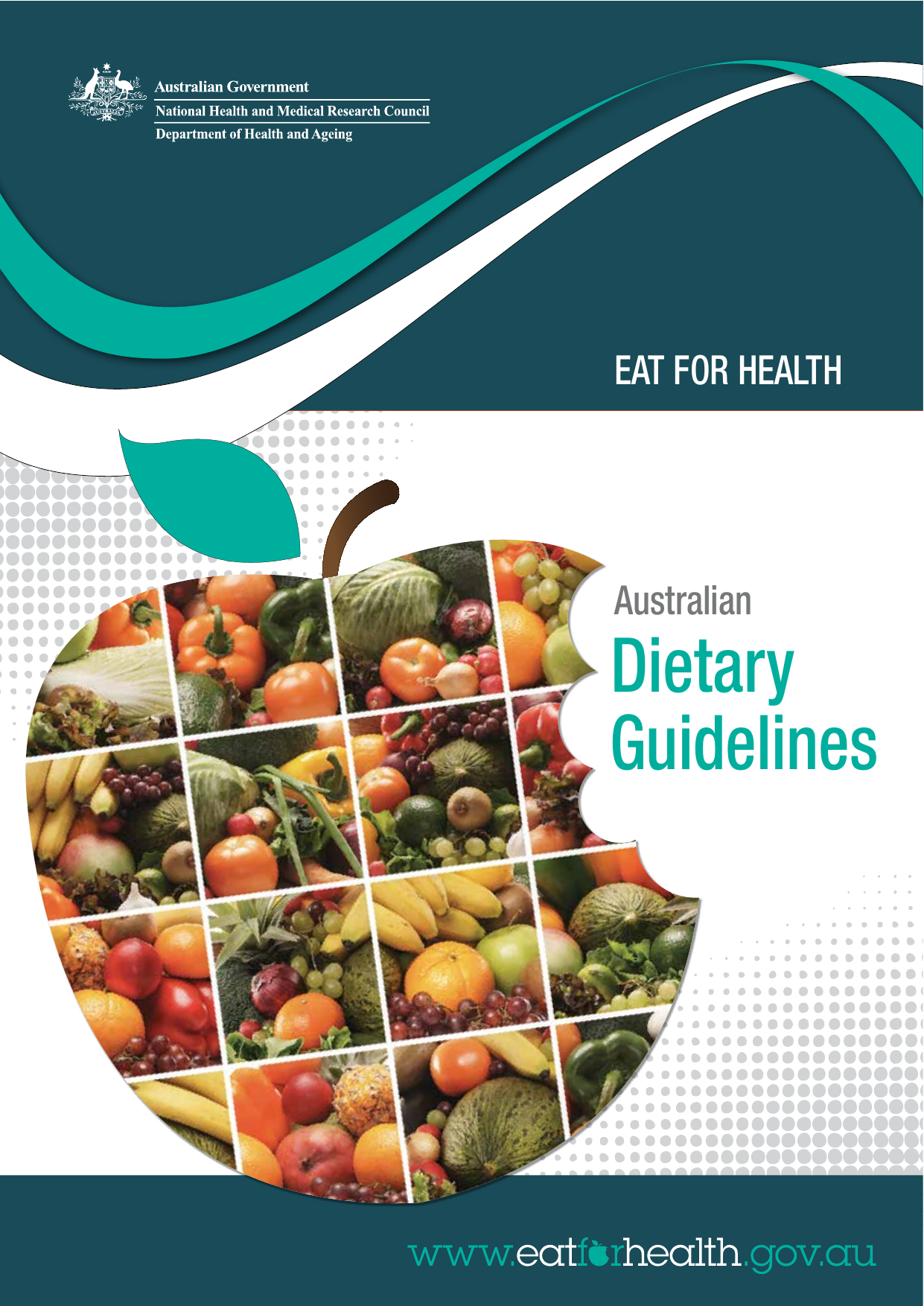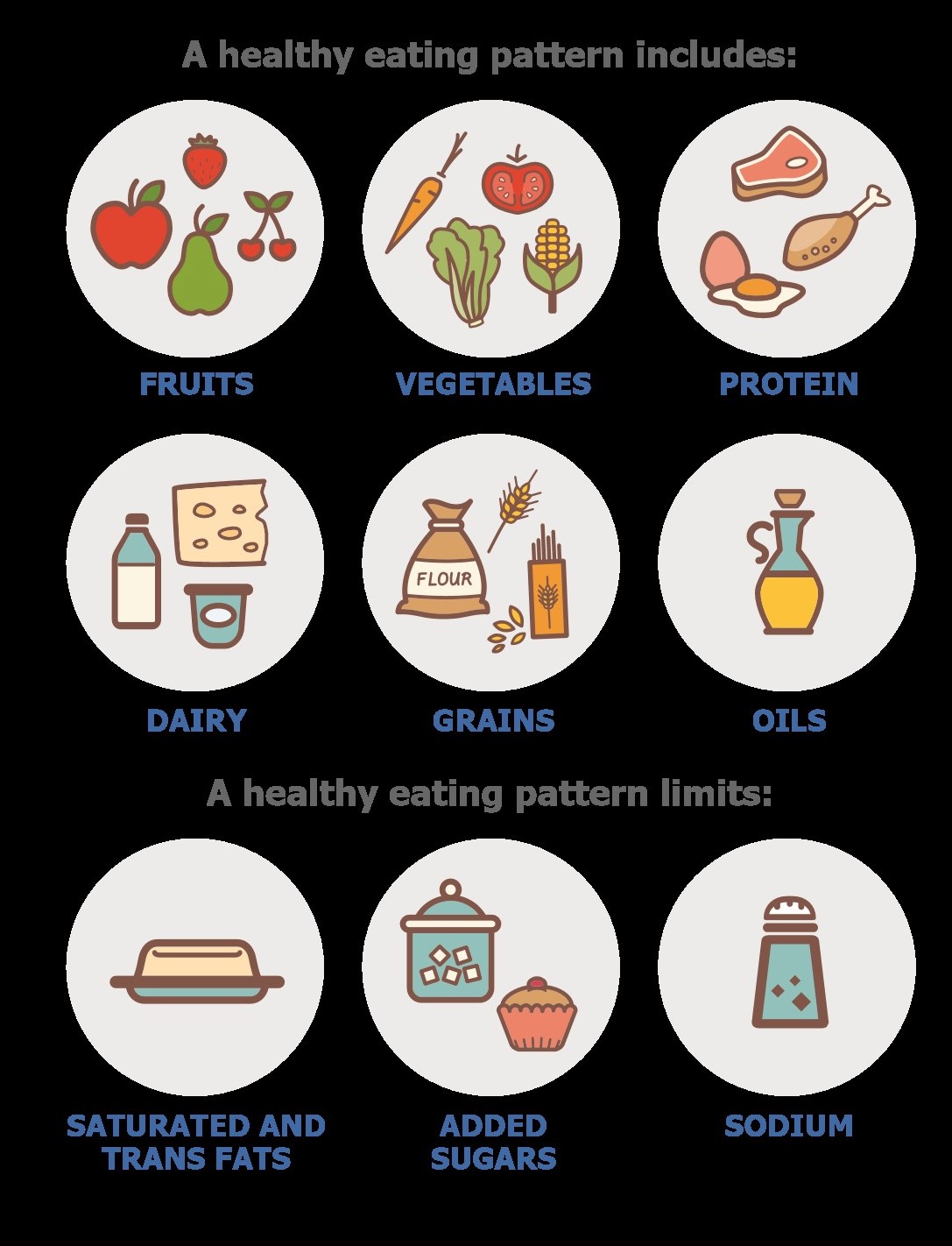Dietary Guidelines Healthy Eating Patterns

Understanding Dietary Guidelines and Healthy Eating Patterns
Eating healthy is an important part of living a healthy lifestyle. Sticking to a healthy diet can help you maintain your weight and lower your risk for chronic diseases such as heart disease, type 2 diabetes, and some forms of cancer. However, it can be hard to know where to start when you’re trying to eat healthier. That’s where dietary guidelines and healthy eating patterns come in.
What Are Dietary Guidelines?
Dietary guidelines are designed to help people make healthy food choices. These guidelines are developed by the U.S. Department of Health and Human Services and the U.S. Department of Agriculture (USDA). They’re based on the latest research and public health recommendations. The latest dietary guidelines are updated every five years.
The dietary guidelines provide advice on how many servings of certain foods you should eat each day, how much fat, sugar, and salt you should limit, and other tips on making healthy food choices. The guidelines are meant to be a resource for people to use when making food choices.
What Are Healthy Eating Patterns?
Healthy eating patterns are another way of describing healthy eating habits. Eating patterns are made up of the types of food and drinks that you consume, how much you eat, and how often you eat. The dietary guidelines recommend following a healthy eating pattern that emphasizes certain foods and drinks and limits others.
The key components of a healthy eating pattern are eating a variety of foods from all the food groups, limiting added sugars and saturated fats, and limiting sodium. Eating a variety of foods from all the food groups ensures that you get all the essential nutrients that your body needs to function properly. Limiting added sugars, saturated fats, and sodium helps you control your calorie intake and reduces your risk for chronic diseases.
How to Follow Dietary Guidelines and Healthy Eating Patterns
Following dietary guidelines and healthy eating patterns doesn’t have to be complicated or boring. Here are some tips for making healthy food choices:
- Make half your plate fruits and vegetables.
- Choose whole-grain breads and pastas.
- Choose lean proteins like chicken, fish, and beans.
- Limit added sugars, saturated fats, and sodium.
- Drink plenty of water.
By following these tips, you can make healthier food choices that will help you maintain your weight and reduce your risk for chronic diseases. Eating healthy doesn’t have to be complicated or boring. With a little bit of planning, you can make healthy food choices that are both nutritious and delicious.
2015 Dietary Guidelines Poster - Healthy Eating Pattern Poster

Dietary Guidelines Poster - Healthy Eating Pattern Poster - Nutrition

Picture Perfect Nutrition in 5 Minutes: Food Plates to Use

food pyramid guidelines | Health Information Blog | Food pyramid

Nutrition and Cancer - Cancer Council Victoria
Food For Health National Health And Medical Research

Healthy Eating Guidelines - HSE.ie
Practical Biology: science for everyone: The Best Dietary Guidelines

Adjusting Healthy Eating Guidelines For Individual Needs - Thinking

National Nutrition Month: What's Your Healthy Eating Style? - Poe
